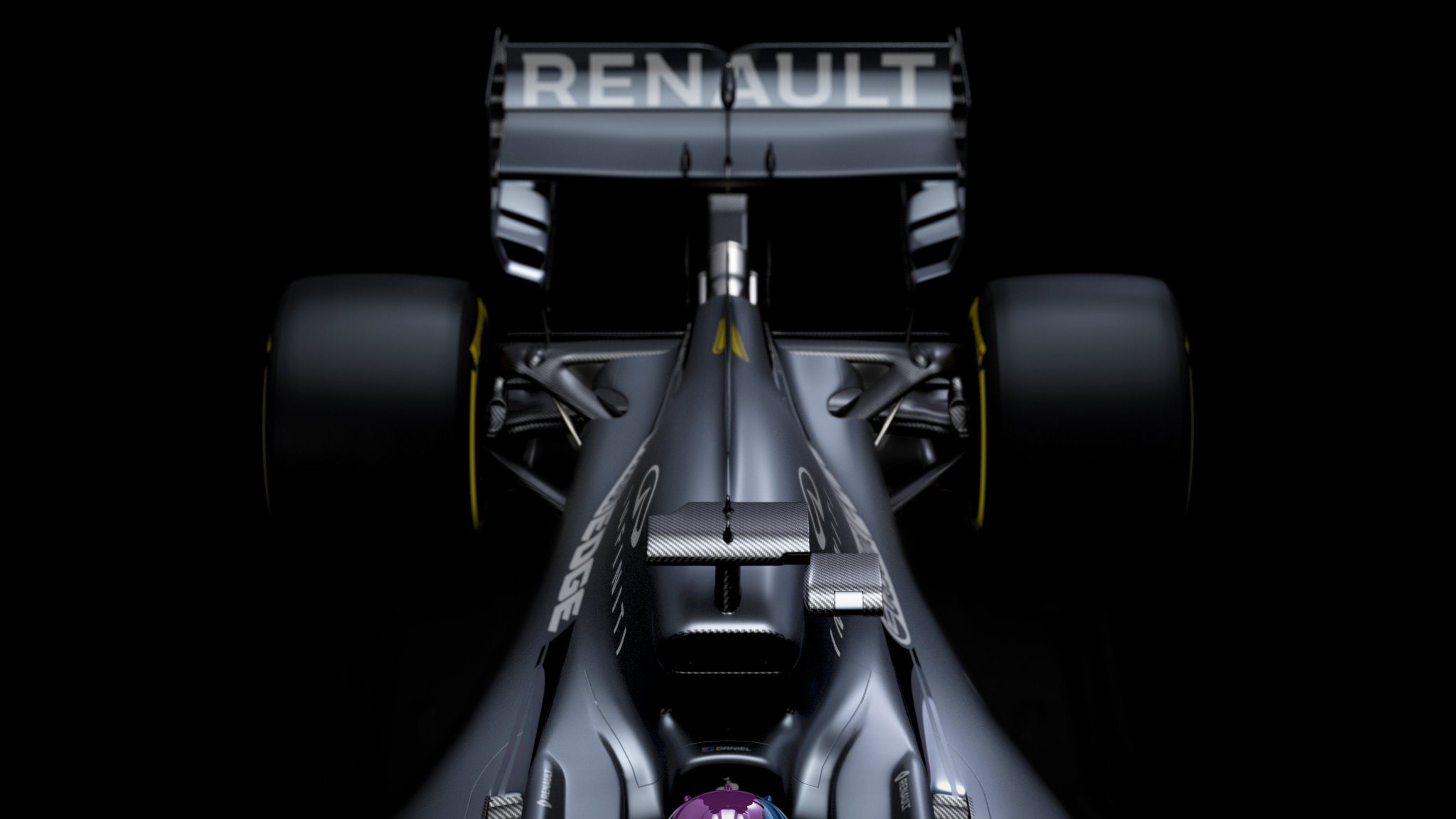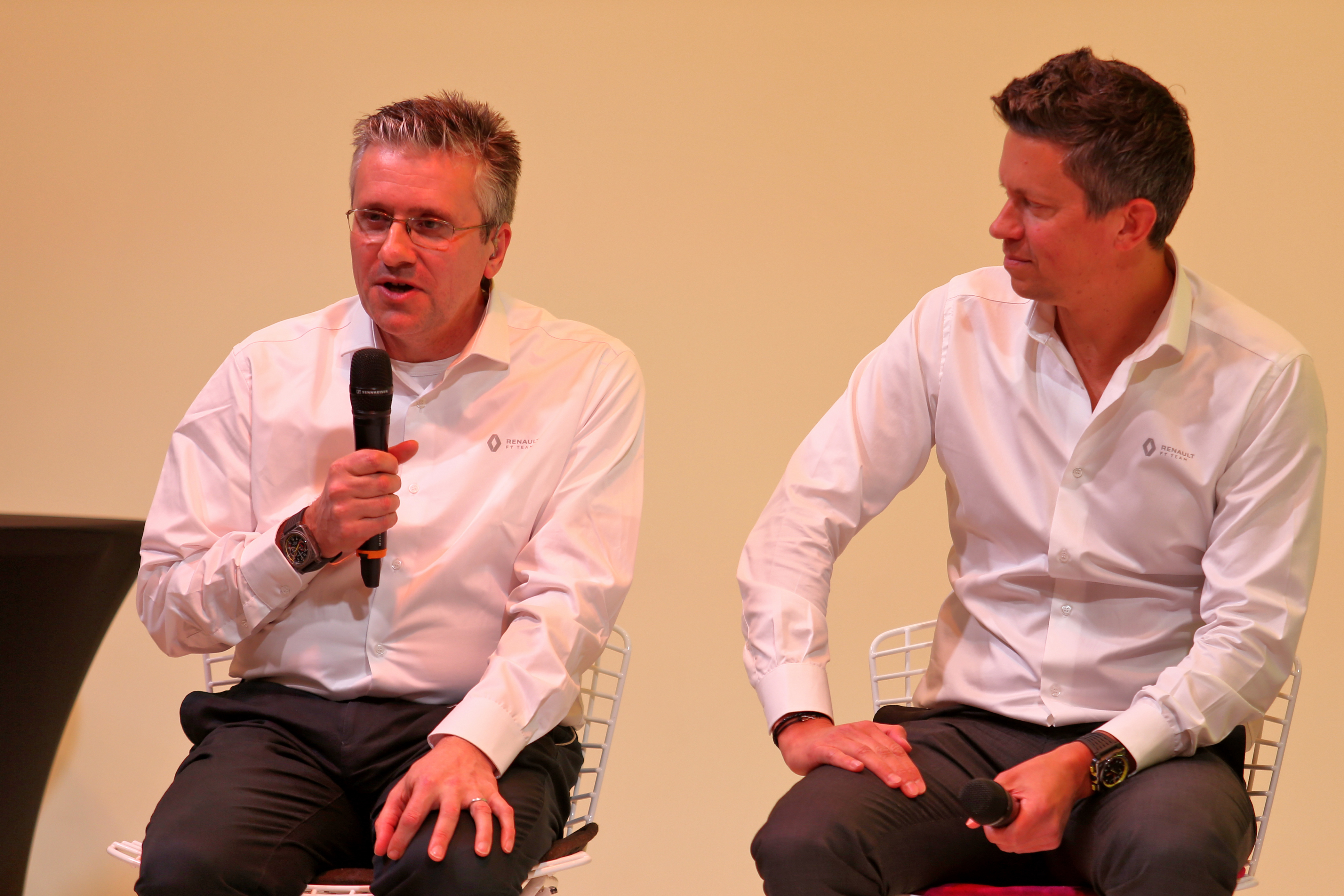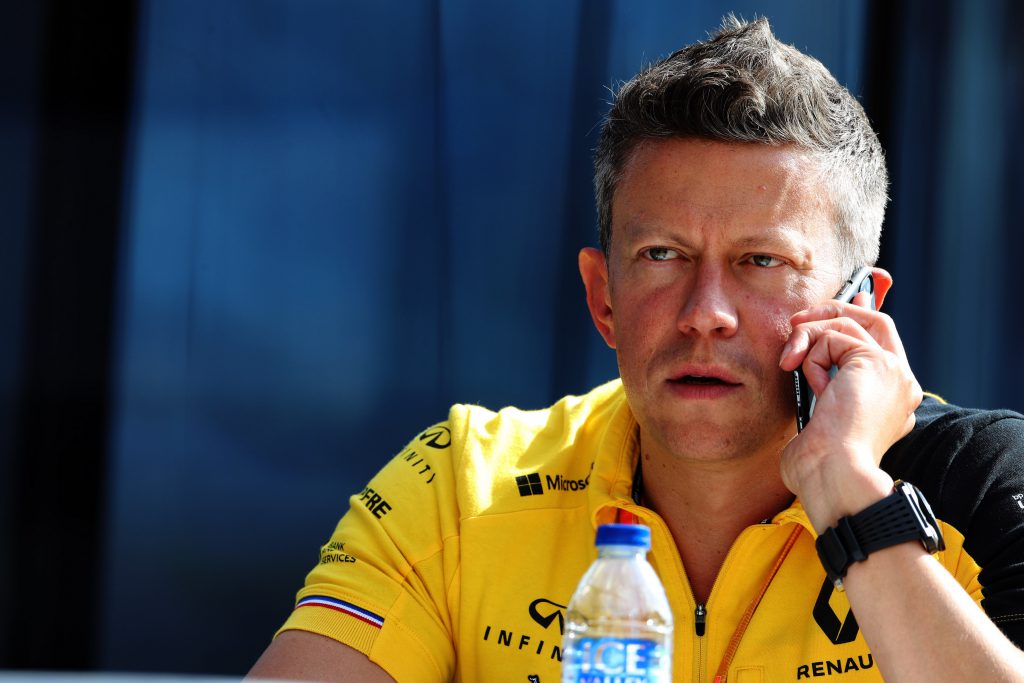Up Next

Renault admits a “turbulent” period changing senior technical personnel will take time to yield bigger gains, as the new R.S.20 Formula 1 car was designed under old leadership.
The French works team replaced its head of aerodynamics Peter Machin with ex-Ferrari and Williams man Dirk de Beer in November last year, while the exit of chassis technical director Nick Chester was announced a month later.
De Beer was able to take up his role almost immediately but Chester’s replacement Pat Fry only started work at Enstone in February, creating an absence in the technical hierarchy.
Renault’s executive director Marcin Budkowski has acknowledged the change in senior staff – including deputy chief designer Matthew Harman being made engineering director in May – created an unusual situation.
Asked by The Race how the creation and development of the R.S.20 has been affected by a change in technical leadership during a crucial phase of the car’s genesis, Budkowski said: “The initial concept was set with a different technical director and a different head of aerodynamics. I would lie to you if I said there was absolutely no difference of opinion.

“There’s always difference of opinions, different views and I’m sure if Pat was there at the time he might have made slightly different choices.
“It’s not to say that the current choices are the wrong ones.
“It’s hundreds of people working on it, but at the end of the day there’s a few key people who make the key decisions, based on information you have, based on your experience, based on what your tools are telling you about the level of development.
“It’s been a turbulent kind of autumn and winter. Since May last year we’ve changed the three main people in the technical areas: we changed the technical director, we changed engineering director and we changed head of aerodynamics.
“I’m not going to tell you it’s plain sailing and it doesn’t change anything in our organisation.”
Despite the short-term disruption caused by those changes, Budkowski is buoyed by the impact he has already seen at Enstone, even if it will take time for that to result in improved car performance.
He said Renault was also fortunate that de Beer was able to replace Machin almost straightaway.
“The changes are positive,” Budkowski added.
“They’ve put a new dynamic in place that people work better together.
“There’s more exchange of information, there’s more collaboration, which is a good thing.”

Budkowski said that Fry, an ex-McLaren and Ferrari technical chief who worked at Enstone 30 years ago when it was Benetton, had unrivalled experienced within Renault.
That made it harder to handle the two-month gap between Chester’s exit and Fry’s arrival, Budkowski assumed a more hands-on roll in coordinating the technical team.
Budkowski’s usual responsibilities are much broader, overseeing the technical and operational output at Enstone and also working on planning, budgets and recruitment.
“That is the key to my role, and give Pat the space to animate the technical team and to shape it,” he said.
“The experience of a technical director is extremely precious and it’s not something that [anyone] was ready to step in, even if we have talented people.”
Fry still hopes to impact Renault’s 2020 car but acknowledged his February start means his value lies beyond this season.
“I think realistically, we’re not going to change a huge amount the direction that we take,” he said when asked by The Race about when he could affect the team.
“In terms of set-up, maybe there are things we can look at.
“The main bulk of my effort is naturally going to be in the 2021 project.
“The 2020 car is a good halfway through its life cycle.”



